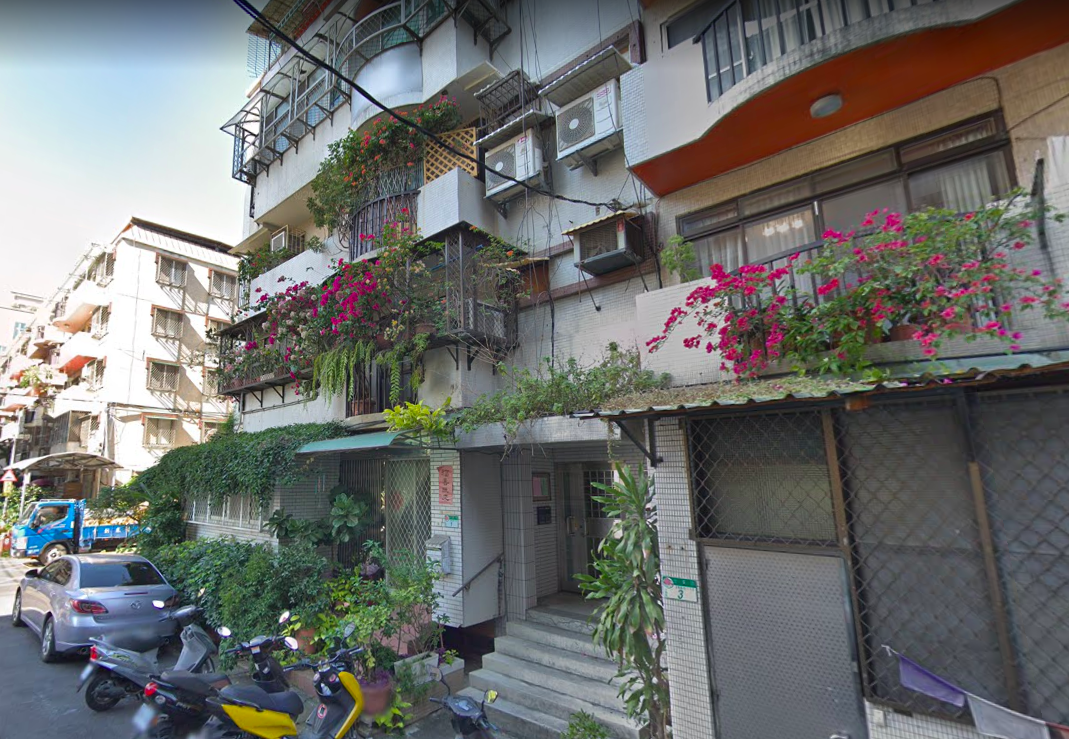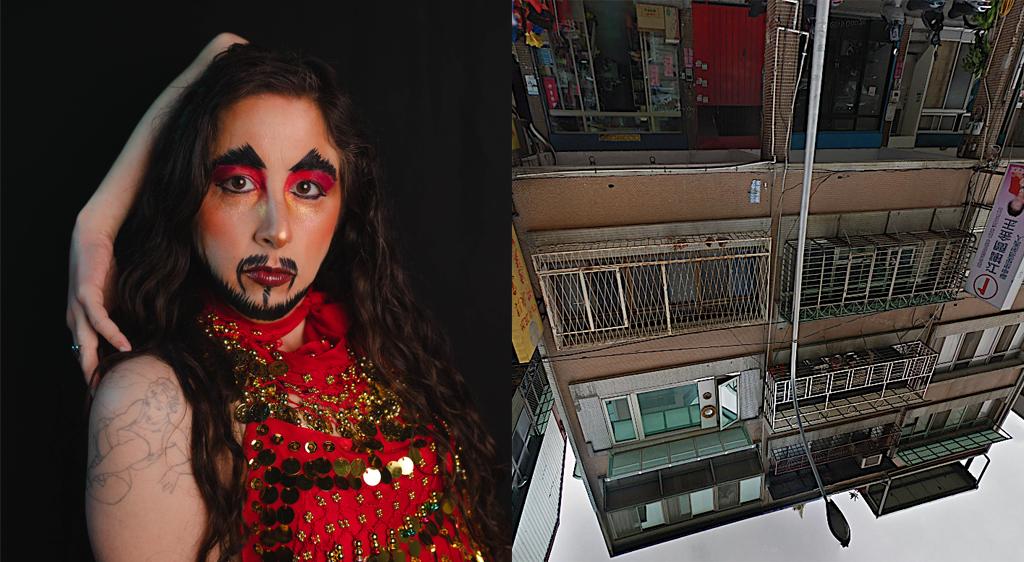On October 15, 2009 a group of Bay Area artists, arts administrators and audience members met at CounterPULSE for the Dance Discourse Project 7: Dancing Diaspora. Co-presented by World Arts West/ San Francisco Ethnic Dance Festival and Dancers’ Group the event was a part of the Fall 2009 season of Performing Diaspora. Learn more about Performing Diaspora at www.counterpulse.org/performing-diaspora/
At the exciting event participants were broken up into small groups where they discussed a variety of pertinent issues concerning traditional arts, innovation and identity. Below is one person’s account of the discussions led by Debby Kajiyama about authenticity and its importance.
——–
As participants moved from one table to another to discuss the “different” topics, we came to realize that the topics were very much related. The further we got into the discussion, and the more tables the participants had visited, the deeper the conversation evolved. During these speed rounds of twenty minutes each, at our table, we attempted to tackle such difficult questions as: What is authenticity? How can you say that a form that is practiced is authentic? We took a good shot at answering these questions but along the way we came up with a few questions ourselves.
Authenticity is about the root: Where a form comes from and where it was born. Authenticity has to do with the culture of a people. Our artistic expression comes out of our cultural experience. It is about how a form is created and how it continues. Culture comes from the repeated experiences of people, experiences that accumulate and are repeated, that’s what makes something authentic.
But does Authentic mean Traditional? According to the dictionary, authentic means not false of copied. And what about tradition, is it something ancient that does not change? But traditions do change. As culture changes so is the way dance is performed. What was authentic 40 years ago is not necessarily authentic now. Traditions change because of the environment or because of where you are. They even change because of borrowing from other cultures. Even those forms we believe to be “authentic” have been influenced by the cultures of surrounding countries. Like Tango which evolved in the brothels of Buenos Aires, has influences from Uruguay and Cuba.
And what about performing traditional dance forms out of its place of origin? When you get to America, what is authentic? For example, Cambodian immigrant children learning traditional Cambodian instruments here in the US. Distanced from their culture, from their own root, they are reconnecting with their traditions here, is that still considered authentic?
And what about those who practice a form that is not from their culture? How is your practice of a dance affected if it’s not your identity? As a student your practice of it is not questioned, as a performer it begins to be questioned if you don’t look like what the director wants to represent, and as a teacher, can you teach a traditional dance form if you’re not from the culture?
If people doing Taiko are not Japanese, is it authentic? Can these people embody that tradition? Could they ever be seen as authentically representing it? Is it ok to perform dances that are not part of your identity? How do other people see it? Will people from that tradition accept it?
Some say that if you move the audience, perform it with a lot of energy, and you do it from the heart, then yes, you could achieve that spiritual embodiment. But context is also important. You must have the knowledge and know the history of the tradition you are practicing because even if you do perform it with all the energy, if it lacks connection to its meaning then it loses authenticity.
By: Carmen Roman
———–
These and more discussions will continue at the Performing Diaspora Symposium on November 7, 2009.
Share This!
More Good Stuff
‘Border / Line خط التماس’ by Jess Semaan and Halim Madi & ‘Sa Ating Ninuno (To Our Ancestors)’ by Kim Requesto December 5-6 & 12-13,
Unsettled/Soiled Group is a group of East, Southeast, and South Asian diasporic movers, makers, and settlers on Ramaytush and Chochenyo Ohlone land. Unsettled/Soiled Group is led by June Yuen Ting, one of CounterPulse's 2022 ARC Performing Diaspora artists and will debut Dwelling for Unsettling alongside VERA!'s Try, Hye!, Thursday through Saturday, December 8-10 & 15-17, 2022
Try, Hye! by Vera Hannush/VERA! & Dwelling for Unsettling by Unsettled/Soiled Group December 8-10 & 15-17, 2022 // 8PM PT // 80 Turk St, SF



